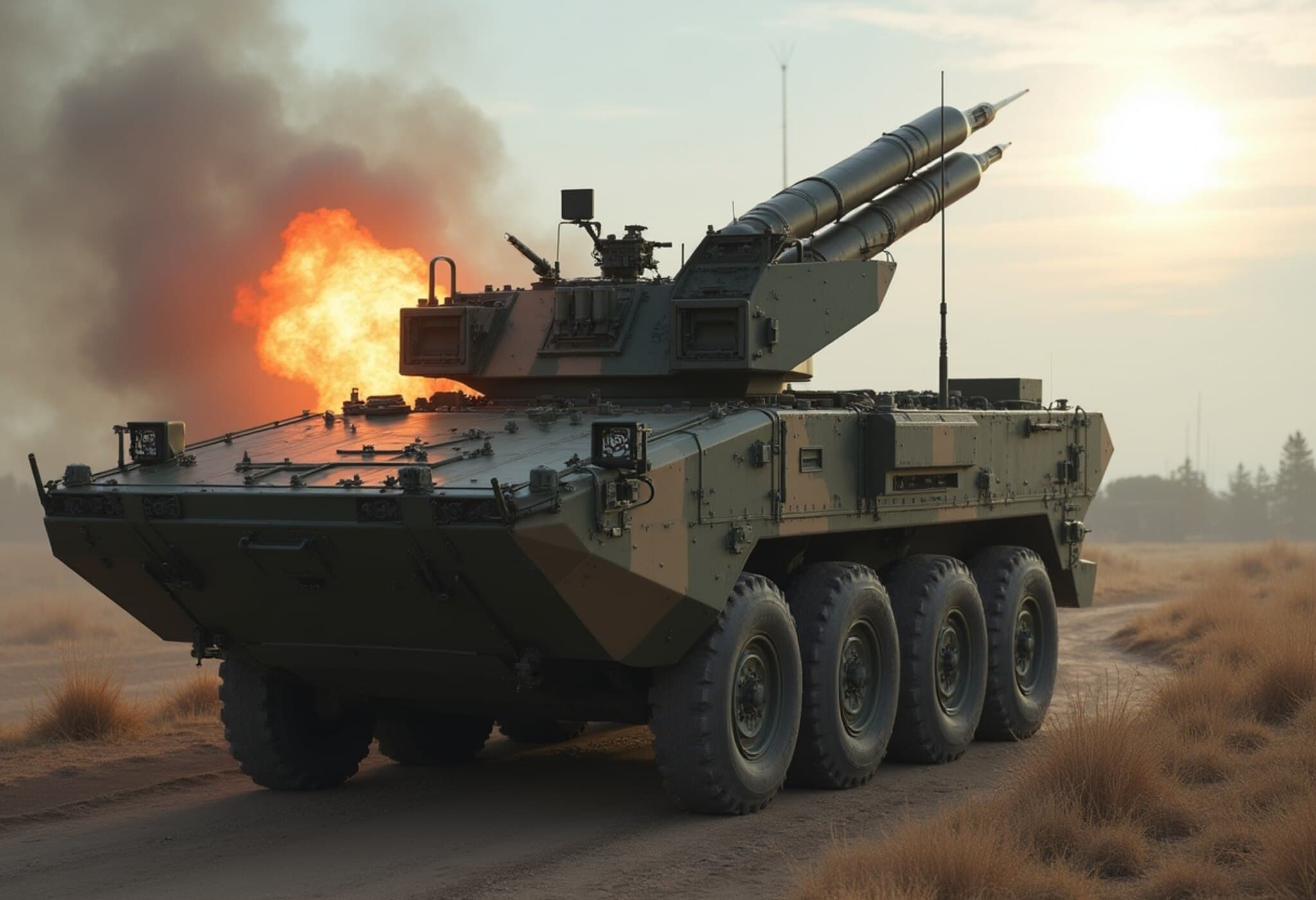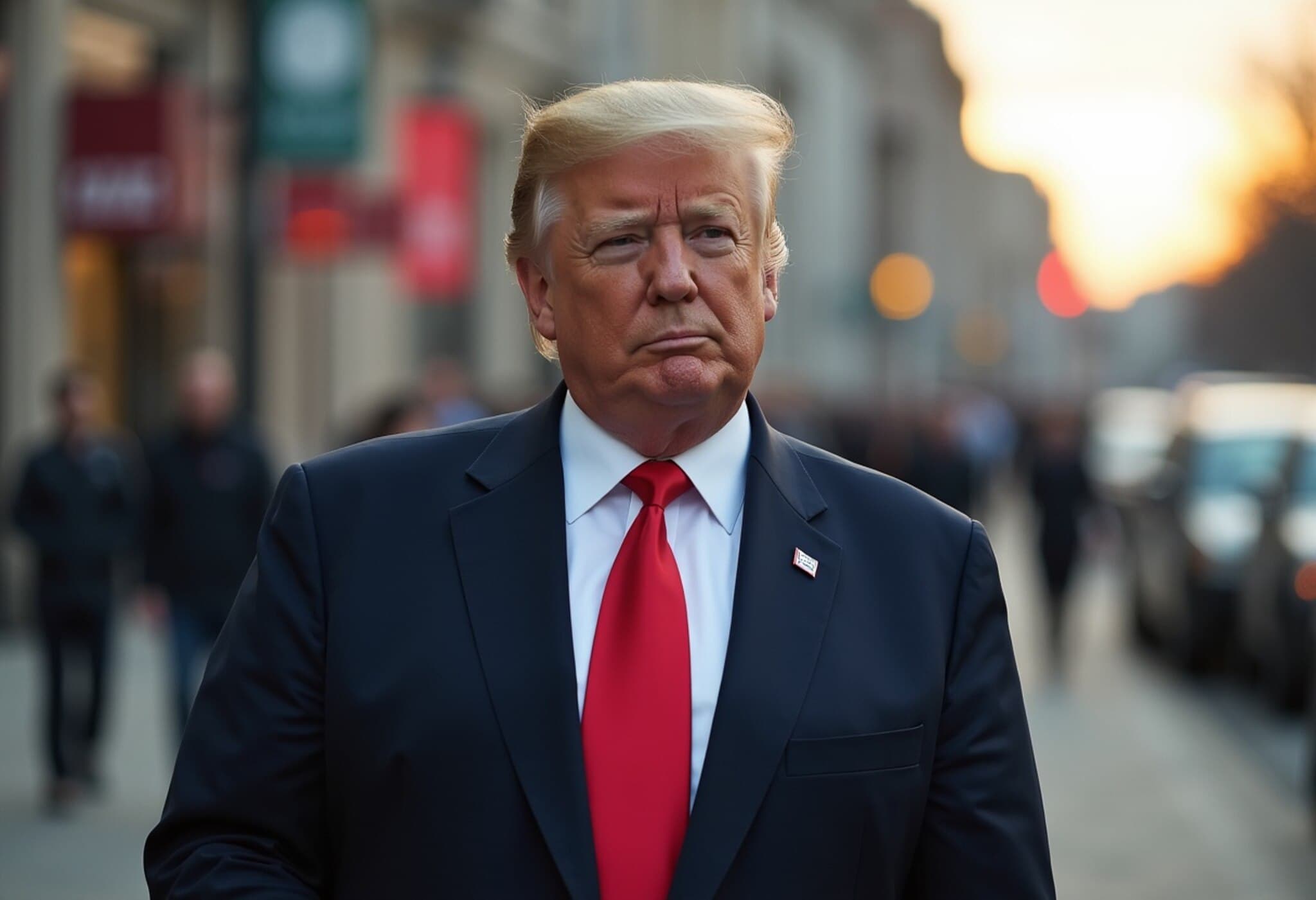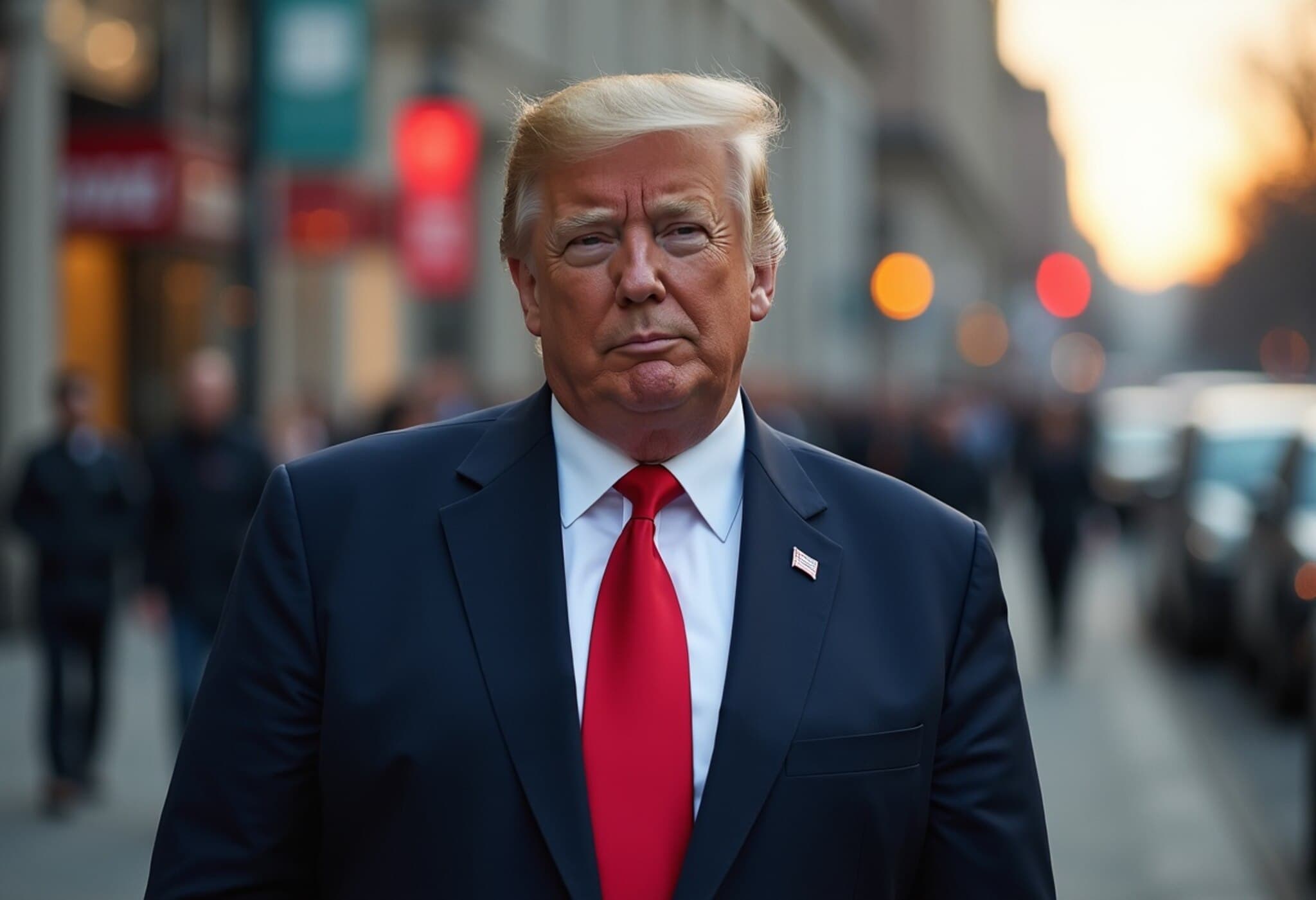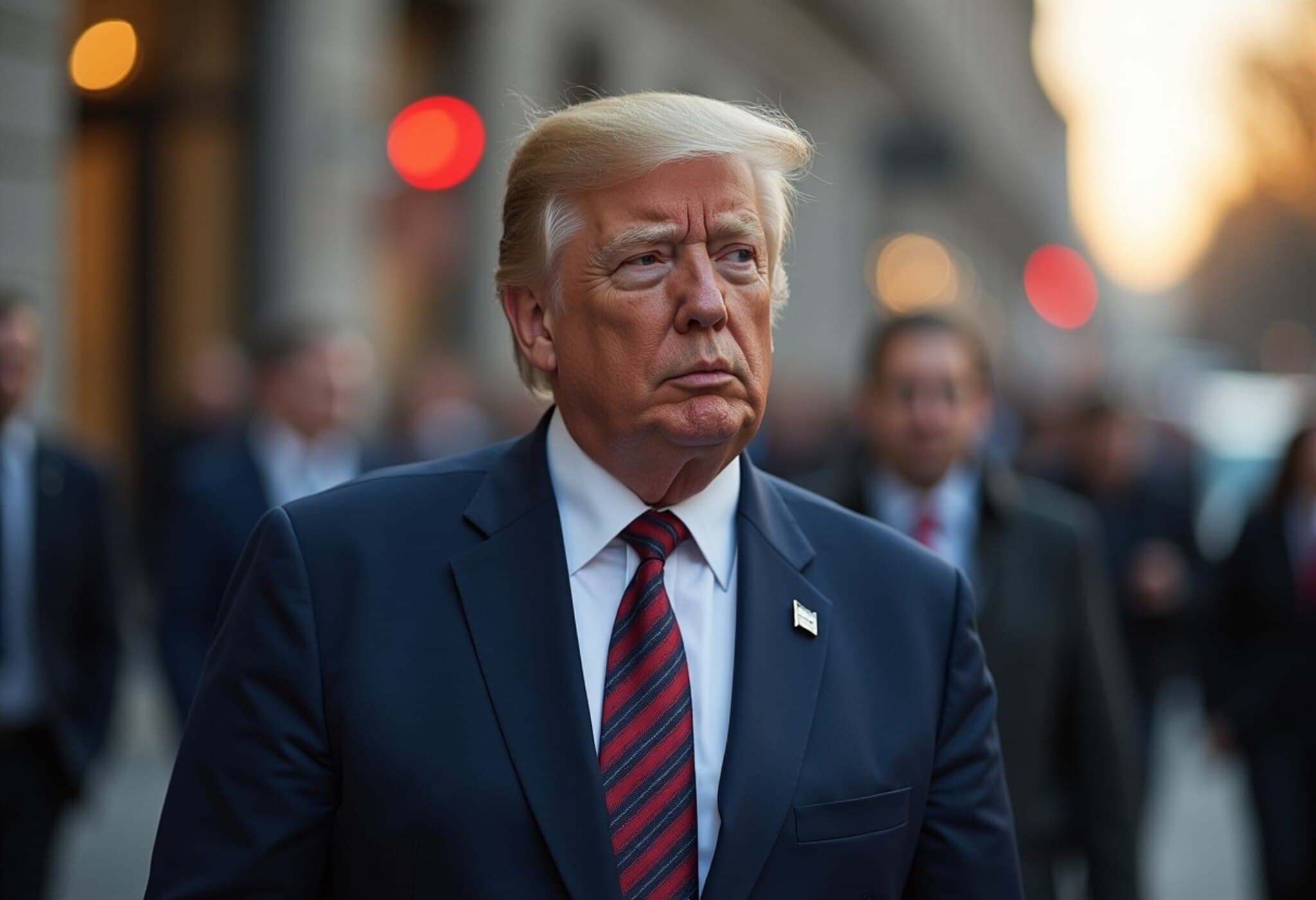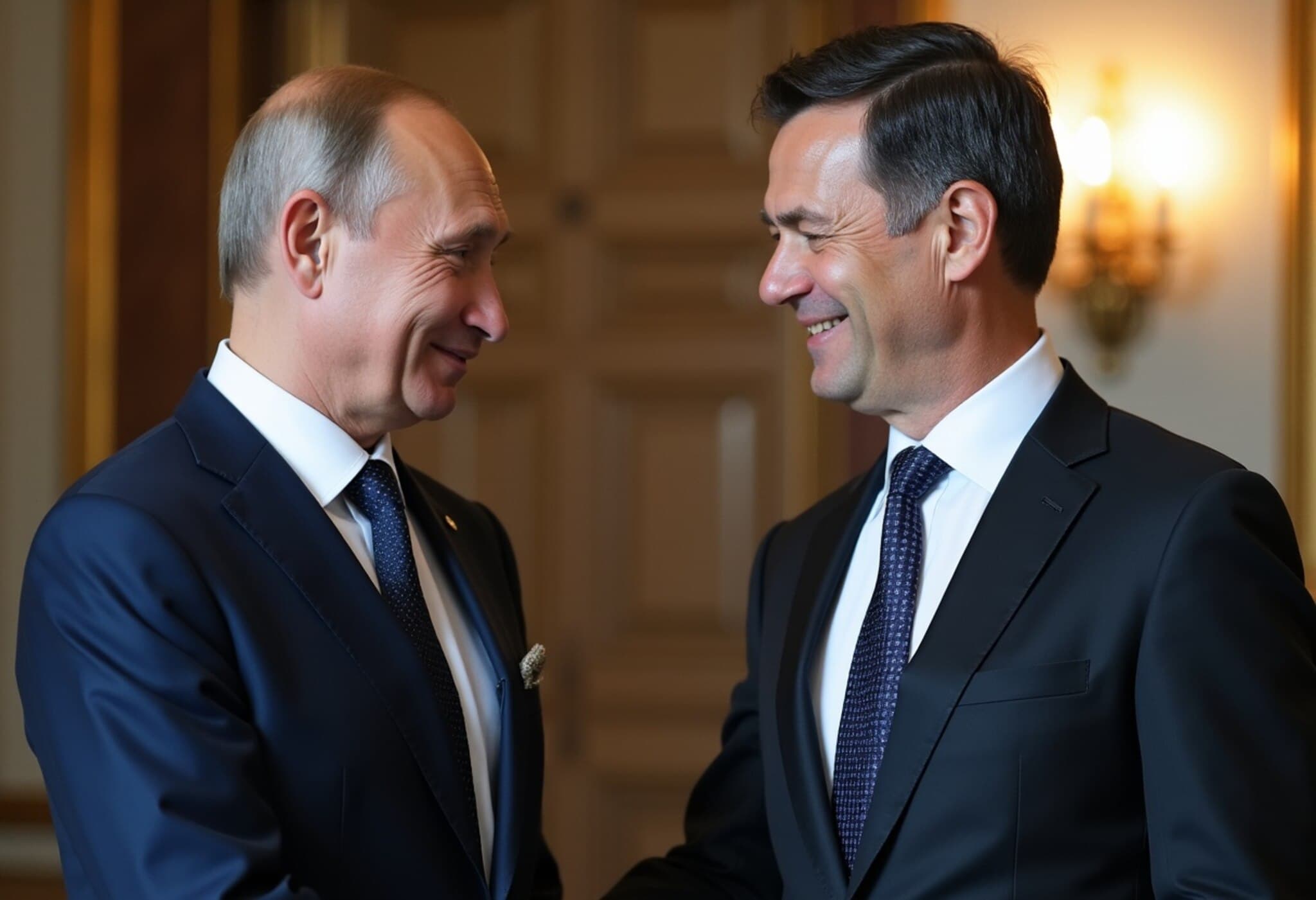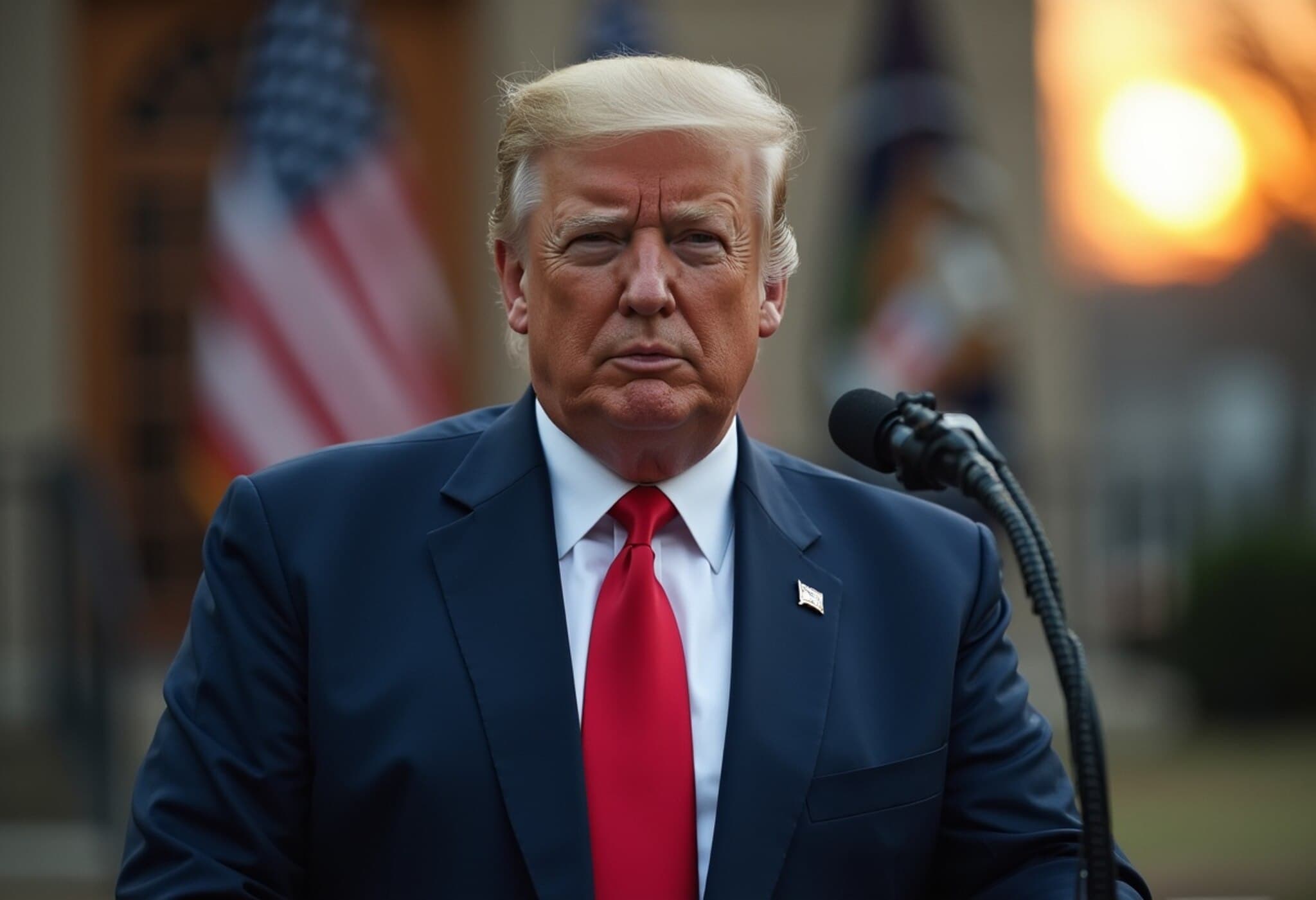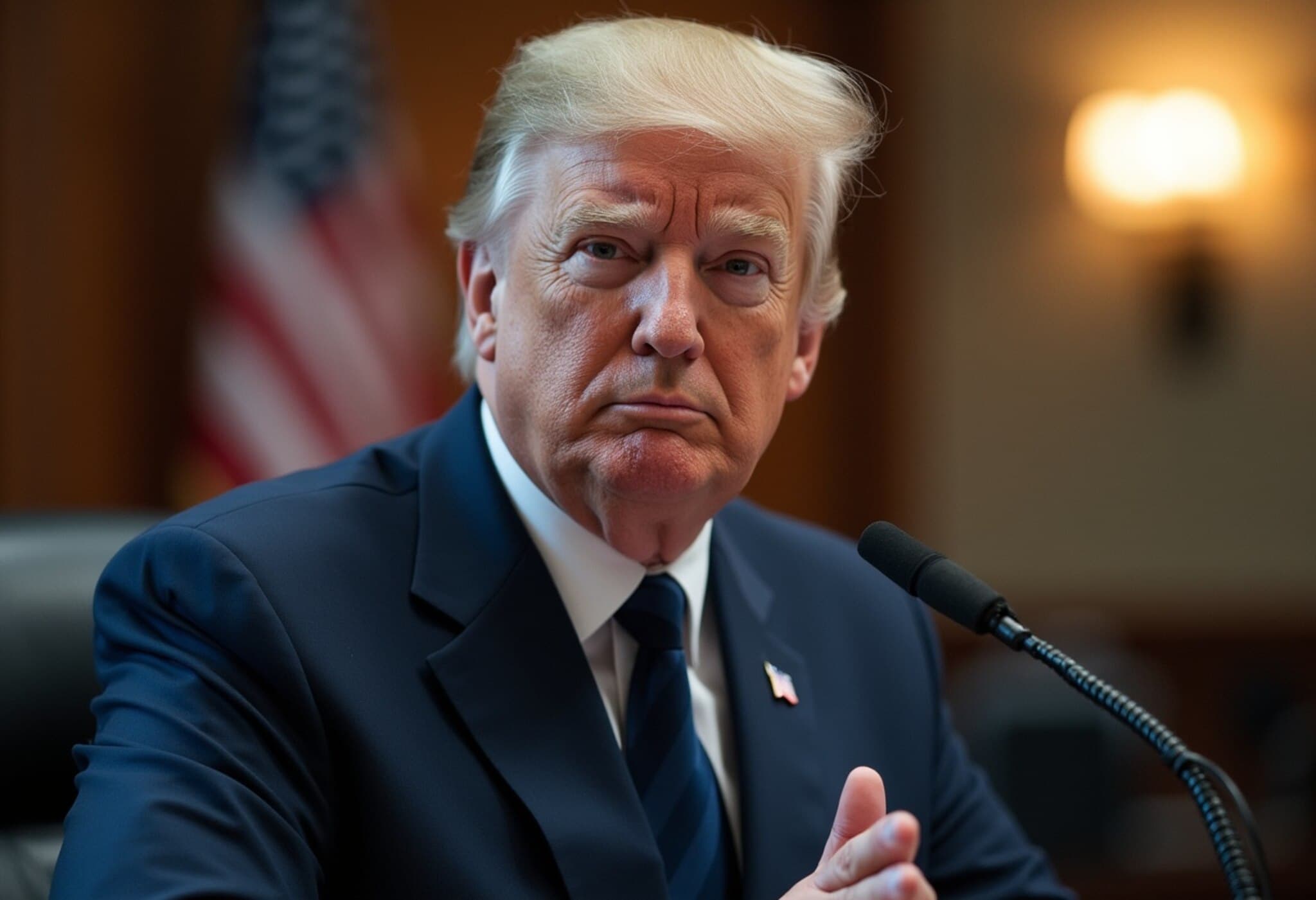US Restricts Ukraine’s Use of Long-Range Missiles to Strike Russian Territory
As tensions persist in the ongoing Russia-Ukraine conflict, new reports reveal that the Pentagon has barred Ukraine from utilizing American-supplied long-range missiles against targets within Russian borders. This move aligns with former President Donald Trump’s strategic aim to bring both Russia and Ukraine to the negotiating table and avoid further escalation.
Missile Use Blocked Amid Diplomatic Pressure
The Wall Street Journal disclosed that since late spring, US defense officials have prevented Ukraine from firing Army Tactical Missile Systems (ATACMS), capable of striking nearly 190 miles into enemy territory. This restriction reportedly followed a stringent review mechanism instated by the Pentagon’s undersecretary for policy. The mechanism governs all US-origin long-range weapons’ deployment, ensuring American oversight over their combat use—even extending to allied European missile systems reliant on US intelligence and technology.
Two anonymous US officials confirmed that Ukraine had requested permission at least once to employ ATACMS against Russian targets but was denied after the Pentagon's review. This occurred during a delicate period as the US administration sought to leverage military and diplomatic pressure on Moscow without igniting a broader conflict.
Trump’s Consistent Stance: Avoiding Escalation
Donald Trump’s opposition to striking deep inside Russia predates his presidency. In a 2023 interview with Time Magazine, he criticized the idea of launching missiles hundreds of miles into Russian soil, warning of the danger in escalating the war unnecessarily. He said, "Why are we doing that? We're just escalating this war and making it worse."
The current review system, reportedly empowering then-Defense Secretary Pete Hegseth, reflects this cautious approach. Notably, the authority to use ATACMS was temporarily granted under the previous Biden administration, particularly when Ukrainian forces faced growing threats such as the alleged involvement of North Korean troops on the Russian side.
Strategic and Logistical Considerations Behind the Blockade
- Supply Constraints: The Pentagon’s blockade coincides with concerns over dwindling US missile stocks amid ongoing aid to Ukraine.
- Diplomatic Signaling: The prohibition serves as a signal of the US desire to restrain military escalation and encourage diplomatic negotiations.
- Shared Control of Long-Range Weaponry: The US maintains veto power over allied European missiles, such as the UK’s Storm Shadow, which utilize American targeting data.
The White House press secretary, Karoline Leavitt, underscored that "Trump has been very clear that the war in Ukraine needs to end," signalling no immediate change in US military posture despite shifting battlefield dynamics.
Reconciling Offensive Operations and Diplomatic Goals
While Trump advocated for a strong negotiating position, he acknowledged in recent statements the challenge Ukraine faces without offensive capabilities. He metaphorically compared the situation to a sports team with a robust defense but without the ability to "play offense," asserting that such a strategy undermines any chance of victory.
Last month, under Trump’s administration, the US approved shipments of new weapon systems to Ukraine, conditional on European allies financing these supplies. However, Trump has emphasized limits to providing longer-range missiles capable of threatening Moscow directly. Yet, the approved sale of 3,350 Extended Range Attack Munition (ERAM) air-launched missiles, boasting a 280-mile range, indicates a nuanced US stance balancing support with restraint.
Expert Analysis and Broader Implications
This Pentagon decision reflects the complex intersection of military aid, geopolitical calculations, and diplomatic efforts within the US government. Controlling Ukraine’s missile capability not only limits the immediate battlefield impact but also symbolizes Washington’s delicate act of supporting an ally while avoiding direct confrontation with a nuclear-armed Russia.
From an American policy perspective, this move illustrates the ongoing debate on the extent of US involvement and the risks of escalation in proxy wars. Moreover, it highlights the challenges in coordinating international arms transfers, especially when shared technological dependencies grant the US indirect control over allied weapons.
Analysts caution that such restrictions could constrain Ukraine’s strategic options, potentially prolonging the conflict and complicating peace efforts. Simultaneously, it risks fueling frustration among Ukrainian leaders and Western supporters committed to robust defense capabilities.
Unanswered Questions
- Will this restrictive policy evolve as the conflict progresses, especially if battlefield conditions deteriorate?
- How might this influence Ukraine’s willingness to engage in direct negotiations with Russia?
- What impact does this have on US relationships with European allies involved in supplying Ukraine?
Editor’s Note
The Pentagon’s blockade on Ukrainian use of US-made missiles within Russia encapsulates the precarious balancing act Washington faces in the Ukraine conflict—supporting a sovereign nation’s defense while managing the risks of full-scale escalation. As diplomatic efforts to broker peace intensify, the world watches closely, recognizing that the control over cutting-edge weaponry may be as pivotal as the guns themselves in shaping the conflict’s future trajectory.

